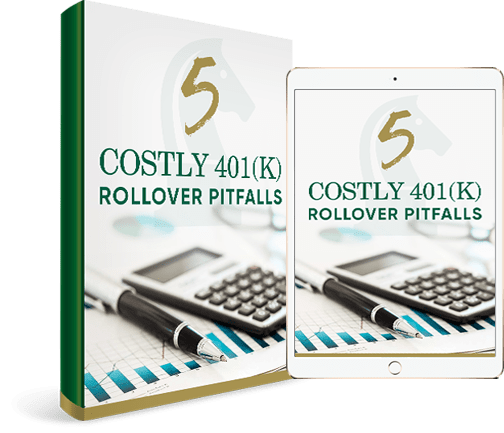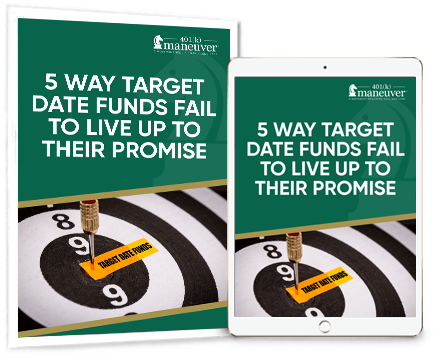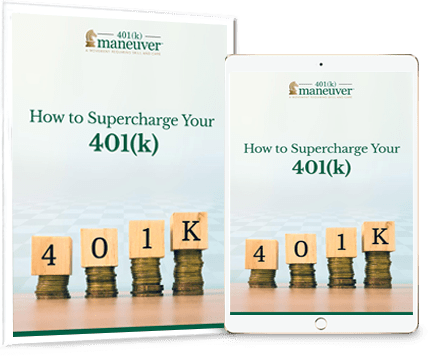
Big Increases to Retirement Plan Contribution Limits for 2023
Big increases are coming to retirement plan contributions for 2023, which means you can save a lot more for retirement next year.
The 2023 IRS contribution limit increases were anticipated given the recent inflation rates – the highest in four decades.
Keep reading below to find out exactly how much you can contribute for 2023 and for tips on how you can save more for retirement.
401(k) Retirement Plan Contribution Limits for 2023

401(k)s
Employees with 401(k)s, 403(b)s, most 457 plans, and federal Thrift Savings Plans can contribute up to $22,500 in 2023, an increase of $2,000 over 2022.
For those age 50 and older, the 401(k) catch-up contribution jumps from $6,500 to $7,500 in 2023 – for a total of $30,000.
Solo 401(k)s
If you have a Solo 401(k), otherwise known as a Self-Employed 401(k) or Individual 401(k), the contribution limit is rising from $61,000 to $66,000 for younger people and from $67,500 to $73,500 for those 50 and older.
IRA Retirement Plan Contribution Limits for 2023

IRAs
Individual retirement account contribution limits increase to $6,500 in 2023, up from $6,000. This applies to Roth IRAs as well. The catch-up contribution for people age 50 and over remains the same additional $1,000.
Expert Tip: You can contribute the maximum for 2022 until Tuesday, April 18, 2023. If you have an IRA, plan now to maximize the contribution limit for 2022 before April next year!
SEP IRAs
Contribution limits for SEPs, or Simplified Employee Pensions, will go up to $66,000 in 2023, up from $61,000. There is no catch-up contribution at age 50 and older for SEP IRAs.
SIMPLE IRAs
Contribution limits for SIMPLE IRAs increase to $15,500 in 2023, up from $14,000. The catch-up contribution limit for those age 50 and over also increased to $3,500 in 2023, up from $3,000.
Deductible IRA Phaseouts
- For singles and heads of household who are covered by a workplace retirement plan, such as a 401(k), and contribute to a traditional IRA, the phaseout range begins at $73,000 and ends at $83,000, up from $68,000 and $78,000 in 2022.
- For married couples filing jointly, if the spouse making the IRA contribution is covered by a workplace retirement plan, the phaseout range increases to between $116,000 and $136,000, up from $109,000 and $129,000.
- If you contribute to an IRA but are not covered by a workplace retirement plan and are married to someone who is, the deduction is phased out if your joint income is between $218,000 and $228,000, up from $204,000 and $214,000.
- For a married individual filing a separate return who is covered by a workplace retirement plan, the phaseout range is not subject to an annual cost-of-living adjustment and remains between $0 and $10,000.
Expert Tip: You can still contribute to an IRA even if you earn too much–it’s just nondeductible.
Roth IRA Phaseouts
The income phaseout range for the Roth will increase in 2023.
- For married couples filing jointly, the range increases from $218,00 to $228,000 – up from this year’s $204,000 to $214,000 range.
- For heads of household or those filing as single, the phaseout is $138,000 to $153,000 – up from $129,000 and $144,000 in 2022.
- For married couples filing separately, the range is between $0 and $10,000.
Other Retirement Plan Contribution Limits for 2023

Defined Benefit Plans
The limit on the annual contribution of a defined benefit plan will increase to $265,000, up from $245,000.
Saver’s Credit
For low and moderate income workers, the new Saver’s Credit (also known as the Retirement Savings Contributions Credit) limit is increasing to $73,000 for married couples filing jointly, up from $68,000 in 2022.
For heads of household, the limit for 2023 is $54,750, up from $51,000.
For singles and married couples filing separately, the 2023 limit is $36,500, up from $34,000.
5 Ways to Save More for Retirement

While meeting the contribution limit for your retirement plan this year – and next – might seem like a stretch, do what you can to get as close as possible.
Remember, every dollar you save now will grow and help you in the future.
Here are 5 steps you can take to save more for retirement:
- Pay yourself first. Create a budget for the rest of 2022 and for 2023, and see how you can contribute more to your retirement savings.
Remember, if you don’t invest in your future, no one else will do it for you.
- Meet the company match. If you have a 401(k), at least contribute the minimum of what your company will match because it’s basically FREE money to you.
Depending on what your company matches, it may double the amount of what you’re already saving.
[Related Read: 4 Ways to Potentially Maximize Your 401(k) Company Match]
- Contribute more. No matter what retirement savings plan you have, see if you can contribute 1 – 3 % more.
It doesn’t matter your age, how much you earn, or how close you are to retirement. Every little bit helps.
Even if you only save an extra $10, $15, or $50 consistently per pay period, it can make a difference in retirement because that money will grow over time.
- Read your 401(k) statements when they arrive. Knowing how to read and understand the information presented in a 401(k) statement may be vital to your retirement future.
- Seek professionally managed help. Even though your 401(k) is employer-sponsored, it does not mean your employer is making changes on your behalf. It’s your account.
It’s your money. And it’s your job to look out for your future.
If you’re hesitant to reach out for advice because you think your account balance isn’t big enough, or you think you’re too close to retirement to get help, don’t let that stop you!
401(k) Maneuver exists to help employees like you grow and protect their 401(k) accounts.
We provide independent, personalized professional account management to help employees, just like you, grow and protect their 401(k) accounts.
And we do this without in-person meetings so you don’t have to drive to an appointment or spend hours preparing for the meeting.
Our done-for-you, virtual service allows you to keep your 401(k) right where it is while we review and rebalance your account as needed based on your risk tolerance and current market conditions.
All you need to do is to connect your account to our secure platform, and we manage your account for you. There’s no need to move your account – you can keep it right where it is.
Watch the video below to see how to read a 401(k) statement.
Have questions or concerns about your 401(k) performance? Click below to book a complimentary 15-minute call with one of our advisors today.
Book a 401(k) Strategy Session








